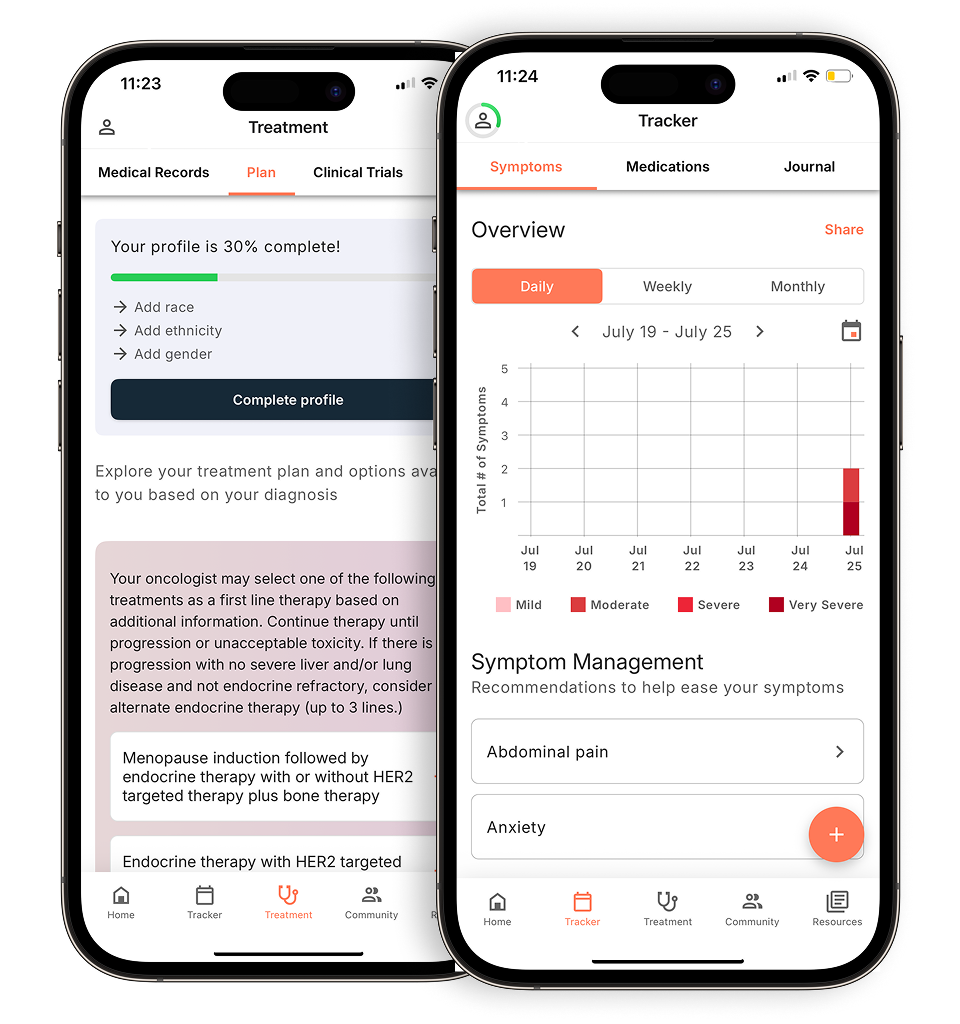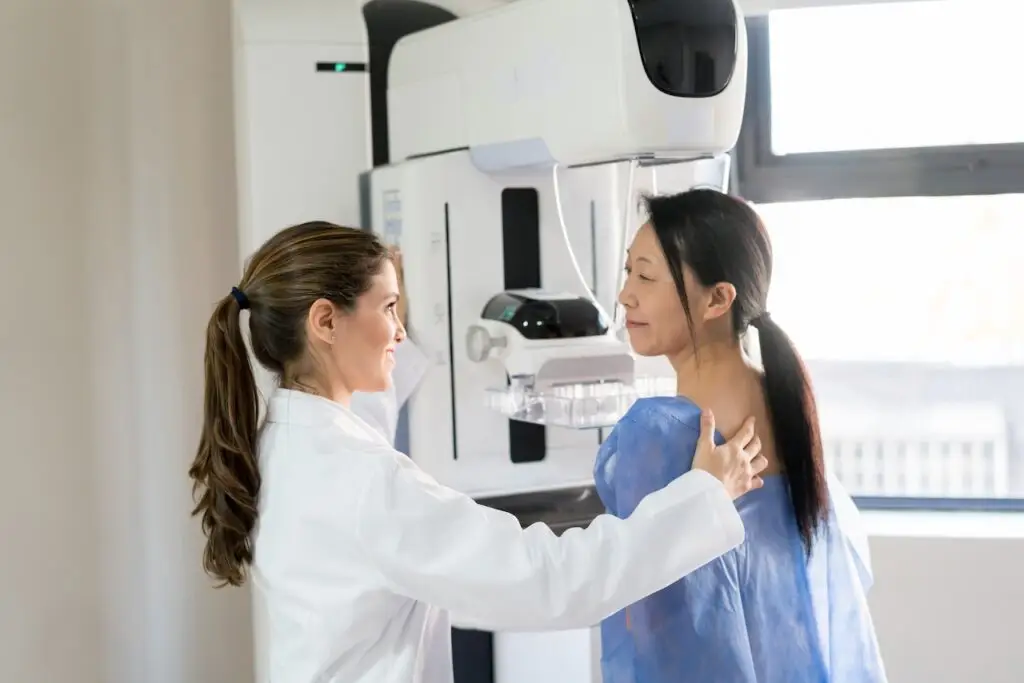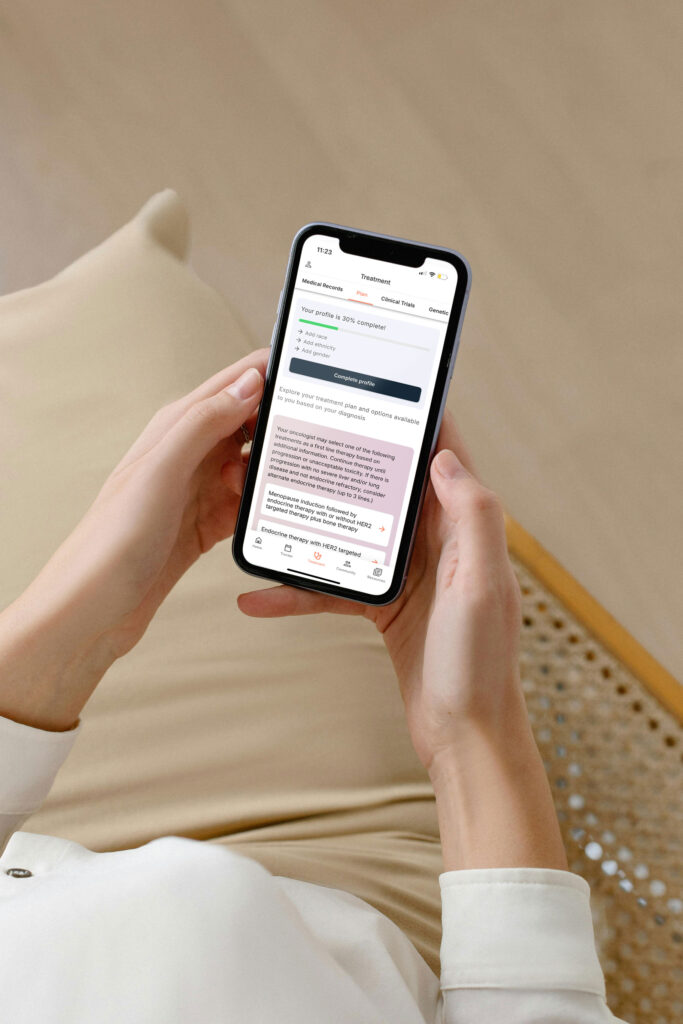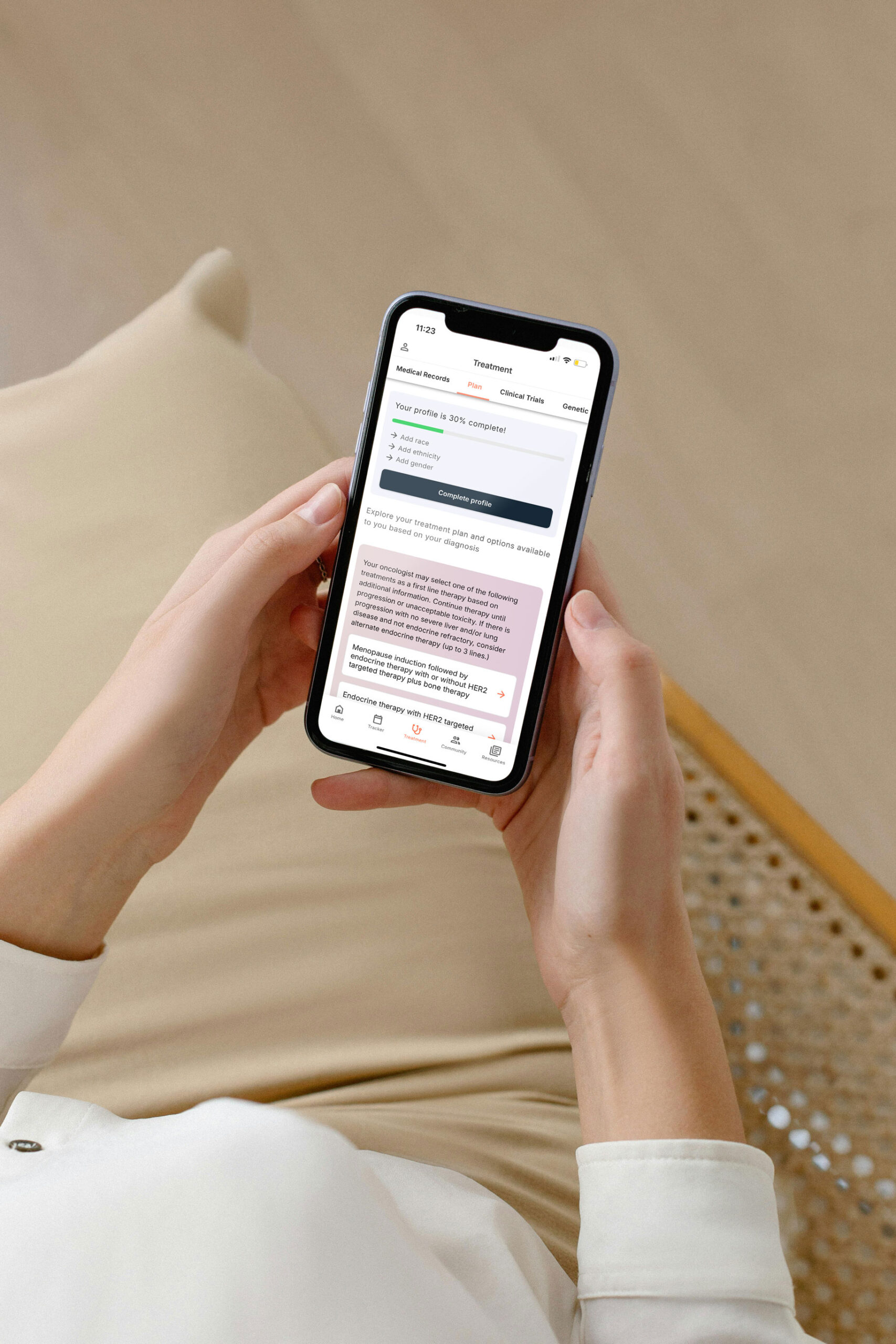Having a screening or diagnostic breast imaging of any kind can be a bit nerve-wracking, even more so if there are potentially suspicious findings that warrant follow-up or additional exams. To help you and your medical team understand the results of these exams – including mammograms, ultrasounds, and MRIs – radiologists use a standard scoring system to help communicate results.
This system, called the Breast Imaging Reporting and Data System, or BI-RADS, was created by the American College of Radiology and is used in all breast imaging results in the United States (and a few other countries).
Any singular breast imaging result will be scored on BI-RADS on a 0 – 6 scale.
Here is an idea of what these categories mean for your results:
BI-RADS 0: Additional information is needed. The radiologist may suggest an additional modality. For example, if you had a mammogram, they may also want you to get an ultrasound. They may want to see previous images to make comparisons about a certain area. Either way, this category means additional imaging or past reports may be needed for the radiologist to be able to assign a full score, which will fall in the 0 – 6 range.
Evidence-based guidance powered by NCCN Guidelines®
Personalized treatment plans shaped by the latest oncology standards—tailored to your diagnosis.
Get started
View your personalized treatment plan in the Outcomes4Me app
Use your diagnosis to unlock personalized NCCN Guidelines®-aligned recommendations.
Continue in app
BI-RADS 1: This is considered a normal exam, or a negative for any signs of abnormalities. The follow-up to this score will generally be just to come back in a year for additional regular screening exams.
BI-RADS 2: There were some findings on the exam, but these findings are considered to be benign on the imaging. The findings may be benign calcifications or breast cysts. Generally, the follow-up for this score will also be to come back in a year for a new screening exam.
BI-RADS 3: There were some findings on the exam that are likely benign. However, the radiologist has a little less certainty about the probability the finding is benign. You will most likely be asked to come back for a follow-up to monitor for any changes at a shorter interval: in most cases, this will be in six months. This may raise some anxiety for many receiving this result, but it’s important to note that approximately less than 2 percent of BI-RADS 3 findings are due to a malignancy.
BI-RADS 4: Abnormalities were found with suspicion. In this case, there is a finding or findings that appear suspicious to the radiologist. This score may warrant a biopsy to make sure that the findings are negative for any signs of cancer.
Because there is a general level of suspicion noted with a score of 4, radiologists will often further divide this category into three levels to help you and your doctor ascertain the level of suspicion about these findings.
- A “4A” finding means a relatively low chance of finding cancer (between 2 percent and 10 percent).
- A “4B” is a mid-level of suspicion, with the likelihood of finding cancer over 10 percent but not more than 50 percent.
- A “4C” finding means the suspicion is a bit higher, with a chance of cancer being found at more than 50 percent but less than 95 percent certainty.
BI-RADS 5: Highly suspicious findings were seen on the imaging. In this case, a biopsy is very likely to follow, as the radiologist noted something in the imaging that is more highly suggestive of a malignancy.
BI-RADS 6: This score is reserved for cancer that has already been confirmed through interventions such as a prior biopsy. This imaging was likely done to help assess how well the cancer is responding to a recent treatment.
While receiving any BI-RADS score that suggests anything but a normal/negative exam is likely to cause concern, it’s important to remember your BI-RADS score is one of many tools that help your care team understand your results. In any case, having more information is power – and understanding the BI-RADS system is one step in understanding what may be going on inside your breasts. If you have any questions or concerns about your results, be sure to contact your medical team and ask them about next steps.
If you would like to connect with an Outcomes4Me oncology nurse practitioner at no charge through the Outcomes4Me app, using the “Ask Outcomes4Me” button.
Personalized support for real care decisions
Understand your diagnosis, explore clinical trials, and track symptoms--all in one place.
Get started
Compare treatments, prepare for appointments, and track side effects—all in the app
Built for your diagnosis, Outcomes4Me gives you the tools to make confident, informed decisions—right when you need them.
Continue in app






